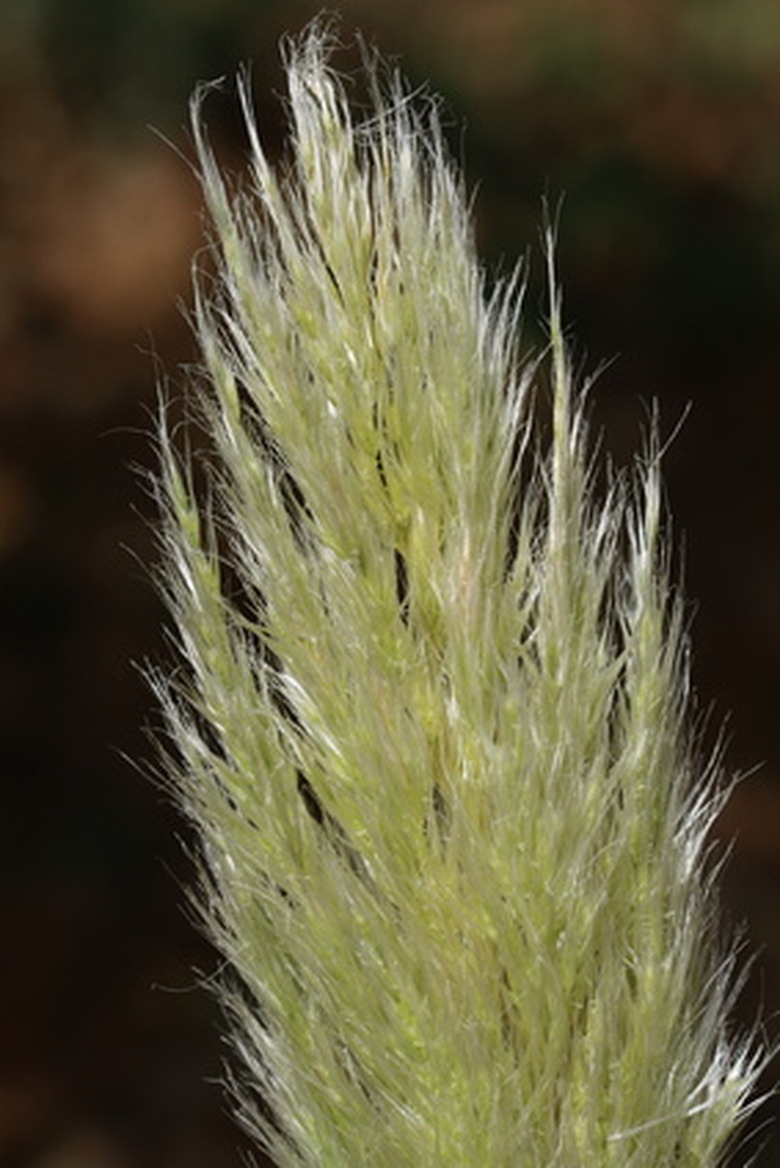Pampas Grass Planting In Texas
Things Needed
- Pampas grass
- Shovel
- Garden shears
Pampas grass (Cortaderia selloana) is an ornamental grass native to South America. It is the largest of all ornamental grasses at 10 feet tall and as wide. In the hottest part of the summer, pampas grass produces pink or white tall feathery plumes that are very showy. It makes a good landscaping plant for a border or specimen plant if there is enough room in the landscape. The long leaves of pampas grass have sharp edges that cut human skin, so it is not suitable for areas with human traffic, such as walkways or playgrounds. Pampas grass turns brown when exposed to freezing temperatures.
Step 1
Plant pampas grass in a well-draining location that will get at least six hours of full sun each day.
- Pampas grass (Cortaderia selloana) is an ornamental grass native to South America.
- The long leaves of pampas grass have sharp edges that cut human skin, so it is not suitable for areas with human traffic, such as walkways or playgrounds.
Step 2
Space pampas grass plants 3 to 5 feet apart to achieve a continuous border.
Step 3
Dig a hole with a shovel deep enough so the pampas grass is at the same level it was planted in the container. Add enough water to seal the planting soil around the roots of the plant. Keep the pampas grass moist but not wet until it is actively growing. Add extra moisture during the growing season if the conditions are unusually dry.
Step 4
Prune pampas grass in late winter after the foliage has died from exposure to freezing temperatures. Cut the foliage back as far as 6 inches from the ground. Prune pampas grass in late winter as needed if the foliage is still green and you want the plants cut back to a smaller size.
- Space pampas grass plants 3 to 5 feet apart to achieve a continuous border.
- Prune pampas grass in late winter as needed if the foliage is still green and you want the plants cut back to a smaller size.
Step 5
Propagate pampas grass by dividing the roots anytime from late fall to early spring. Chop off with an ax or shvoel a clump of roots with some top growth attached and replant in another location .
Tip
Pampas grass can grow in part shade but produces the most plumes and foliage in sunny locations.
Warning
The thick base of pampas grass rots if left sitting in water for any length of time.
